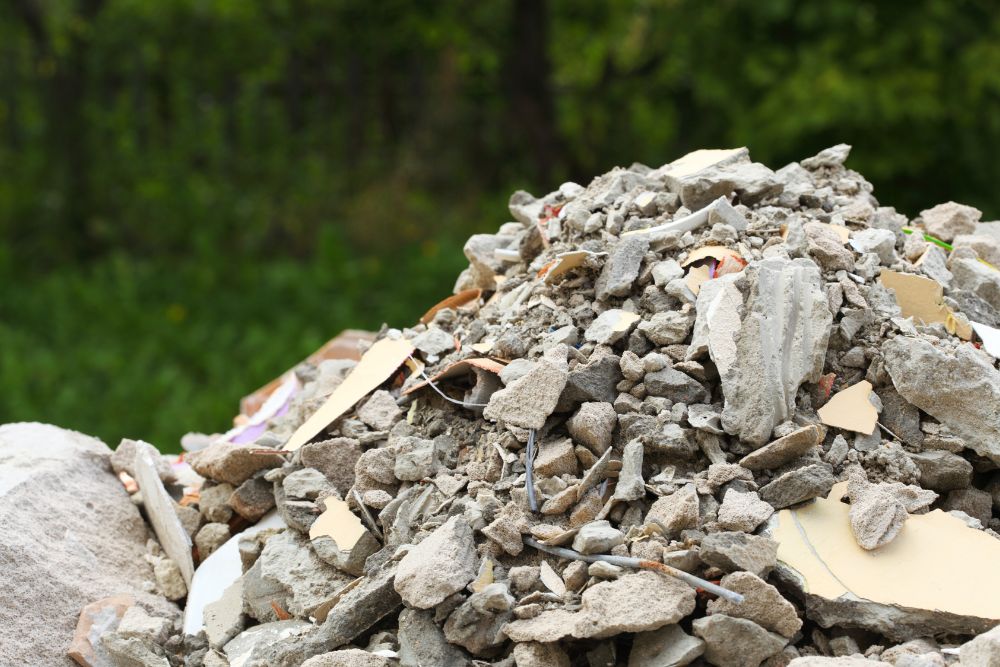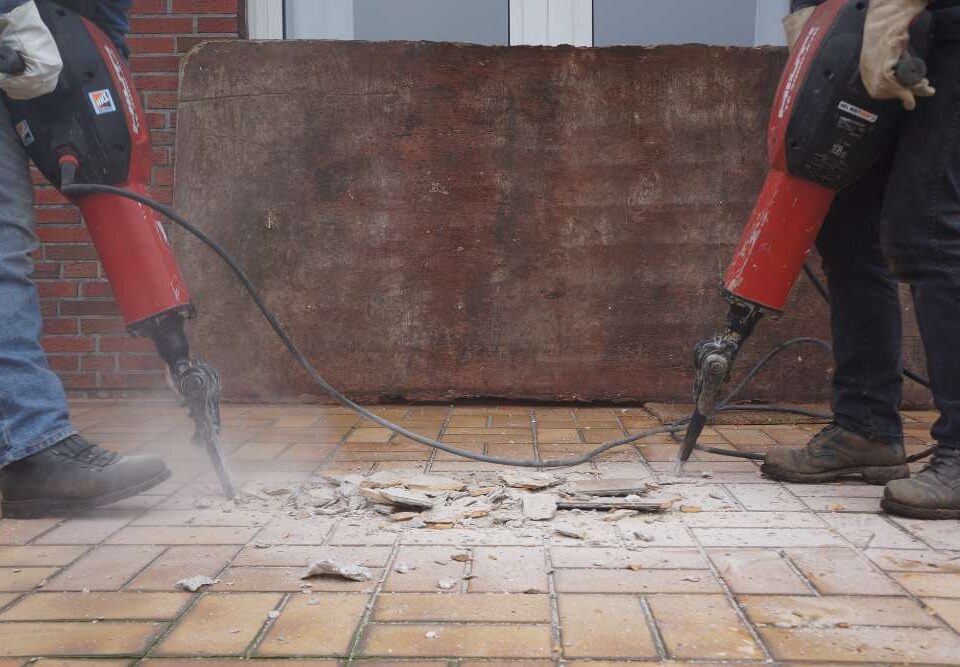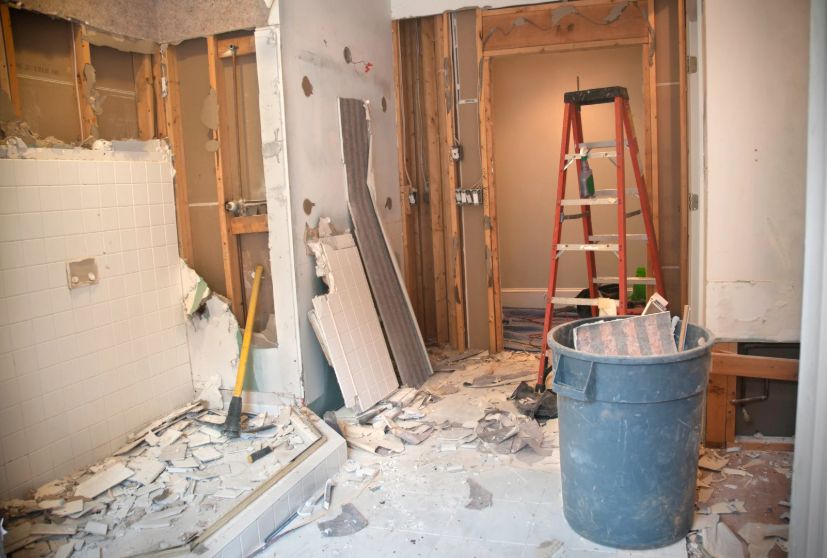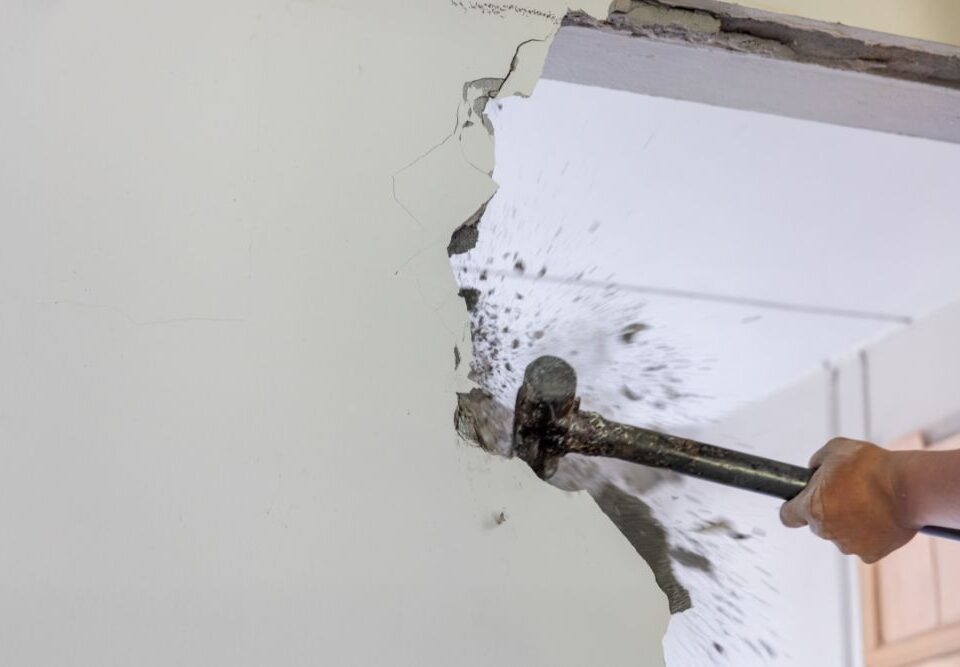
How Kitchen Demolition Services Save You Time and Money
September 4, 2025
The Best Demolition Cleanup Services for Homeowners
September 4, 2025Why Concrete Removal Is Crucial for Property Renovations
Enhancing Renovation Efficiency
Removing old concrete can dramatically improve the efficiency of any property renovation. When outdated concrete surfaces remain in place, they can obstruct construction work, slow down project timelines, and increase labor costs. By eliminating these barriers, workers gain unobstructed access to key areas, allowing for smoother installations of new materials and infrastructure. The process may require specialized equipment and techniques, yet the benefits far outweigh the effort. Clean removal ensures that the foundation or subgrade remains intact, preventing potential complications during subsequent phases of the renovation. Additionally, eliminating concrete clutter creates a safer work environment, reducing the likelihood of accidents and mishaps on-site.
Concrete removal also opens up creative possibilities for property upgrades. Without the constraints of pre-existing slabs or structures, designers and contractors can reimagine spaces, integrate modern features, and optimize layouts. This flexibility allows homeowners and business owners to maximize usable space, improve aesthetics, and enhance property functionality. Proper disposal of removed concrete ensures compliance with local regulations and supports environmentally responsible practices. Overall, investing time in thorough concrete removal sets the stage for a successful, efficient, and visually appealing renovation project.
Preventing Structural Issues
Failing to remove old concrete can lead to structural challenges during renovations. Concrete left in place can interfere with new foundations, drainage systems, or landscaping plans, potentially compromising stability. Over time, remnants of deteriorating concrete can shift, crack, or settle unevenly, causing issues for any new construction built atop it. Removing concrete proactively prevents these structural risks, ensuring that the renovated property remains safe and durable. It also simplifies inspection processes, as engineers and contractors can clearly assess the condition of underlying soil and existing infrastructure without obstacles obscuring their view.
Moreover, concrete removal helps avoid future maintenance headaches. By clearing away degraded slabs, homeowners prevent water pooling, mold formation, and erosion problems that might otherwise develop beneath or around old concrete. This step also supports long-term investment value, as properties free of hidden structural hazards tend to retain market appeal and functionality. Engaging professionals for concrete removal guarantees that the process is thorough, controlled, and executed with care, ultimately providing peace of mind throughout the renovation journey.
Supporting Landscaping and Outdoor Projects
Concrete removal is particularly crucial when planning landscaping or outdoor renovations. Existing slabs or pathways often restrict design possibilities, limiting planting areas or outdoor living spaces. Removing concrete creates a blank canvas, enabling the introduction of gardens, patios, or decorative features that enhance property appeal. This flexibility allows for integration of drainage solutions, irrigation systems, and outdoor lighting without interference from pre-existing barriers. Efficient concrete removal ensures that soil quality is maintained and prepared for new landscaping, supporting healthy plant growth and long-term sustainability of the outdoor environment.
The process also mitigates risks associated with uneven or unstable surfaces. Old concrete can crack, shift, or harbor weeds, detracting from both functionality and aesthetics. By removing it, property owners and contractors can establish a level foundation, improving safety for foot traffic and outdoor activities. Additionally, repurposing or recycling removed concrete supports eco-friendly practices, reducing waste sent to landfills. Overall, thorough removal fosters versatile, attractive, and enduring outdoor spaces that align with modern renovation goals.
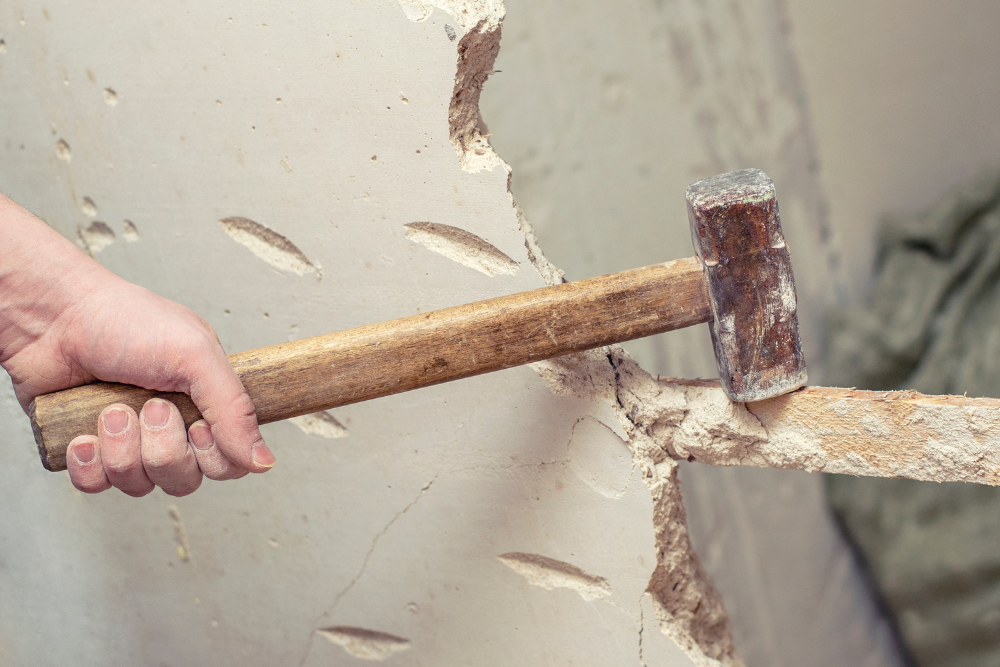
Facilitating Utility Upgrades
Renovations often involve upgrading plumbing, electrical systems, or other utilities that run beneath or around concrete surfaces. Old concrete can hinder these essential upgrades, making access difficult and increasing labor intensity. Removing concrete in targeted areas allows contractors to efficiently install new pipes, wiring, and conduits without compromising existing structures. This proactive approach minimizes the need for costly rework or adjustments later in the project, ensuring utility systems function optimally once renovations are complete.
Concrete removal also contributes to safety and compliance with local building codes. Accessible pathways for utilities allow inspections to be conducted thoroughly, confirming that installations meet regulatory standards. Homeowners benefit from enhanced reliability and reduced risk of future service interruptions. Additionally, when combined with modern materials and techniques, cleared spaces enable energy-efficient systems, water management solutions, and smart home integrations. Overall, removing concrete paves the way for upgraded infrastructure that complements the overall renovation vision.
Improving Property Safety
Old or damaged concrete can pose significant safety hazards during and after renovations. Uneven surfaces, cracks, or broken pieces increase the risk of trips, falls, and other injuries. By removing such hazards before proceeding with renovations, property owners create a safer environment for workers and future occupants. Clear, even ground surfaces allow for easier navigation, reduce liability concerns, and support the installation of new flooring or structural elements without interference.
Safety considerations extend beyond immediate physical hazards. Retaining old concrete may trap water, encourage mold growth, or attract pests, all of which can compromise property integrity. By thoroughly clearing these obstacles, renovations proceed without hidden threats undermining the project. Proper removal techniques also prevent damage to adjacent structures, trees, or landscaping features, ensuring that upgrades are both safe and harmonious with the surrounding environment. This focus on safety enhances the overall quality and longevity of the property.
Reducing Renovation Costs
While concrete removal may seem like an added expense, it can ultimately reduce renovation costs. Existing concrete often complicates demolition, construction, and material installation, requiring additional labor and time. Clearing it efficiently allows contractors to work more quickly, reducing overall project duration and associated expenses. Additionally, precise removal prevents damage to valuable surfaces, underground utilities, or neighboring structures, which could result in costly repairs if overlooked.
Moreover, removed concrete can sometimes be recycled or repurposed, offsetting disposal costs and contributing to sustainable practices. Using professional services ensures the process is done right the first time, minimizing unexpected delays and financial setbacks. By investing in thorough concrete removal, property owners safeguard their budget, improve project efficiency, and create a foundation for successful renovations that meet design and functional expectations without hidden financial surprises.
Enhancing Aesthetic Appeal
Concrete removal significantly enhances the aesthetic appeal of renovated properties. Outdated slabs, cracked driveways, or broken walkways can detract from the visual harmony of a space. By clearing these elements, homeowners and designers gain the freedom to introduce modern designs, attractive landscaping, and cohesive outdoor features. Clean removal allows for smooth transitions between indoor and outdoor areas, seamless integration of materials, and visually pleasing pathways that complement the overall renovation style.
Beyond aesthetics, removing concrete allows for the introduction of textures, colors, and materials that align with current trends and personal preferences. Property owners can incorporate decorative concrete, pavers, or natural stone to create inviting spaces that enhance curb appeal and enjoyment. The process also provides opportunities for thoughtful lighting and furniture placement, transforming ordinary areas into functional and beautiful environments. Ultimately, concrete removal sets the stage for visually striking and cohesive renovations that resonate with the property’s character and purpose.
Supporting Environmental Sustainability
Concrete removal also supports environmentally conscious renovation practices. Many professionals recycle removed concrete, crushing it into aggregate for new construction or landscaping projects. This reduces waste sent to landfills and minimizes the demand for virgin materials. By incorporating sustainable disposal methods, property owners contribute to eco-friendly development and align their projects with modern environmental standards.
Furthermore, responsible removal practices prevent soil contamination, avoid unnecessary disturbance to natural habitats, and promote safer handling of construction debris. Contractors who prioritize sustainability ensure that renovations leave a positive environmental footprint, benefiting both the property and the broader community. Incorporating recycled concrete into new projects not only conserves resources but also enhances durability and cost-effectiveness, reinforcing the value of thoughtful renovation planning.
Preparing for Foundation Work
Before undertaking major structural improvements, concrete removal is essential for preparing foundation work. Old slabs or remnants can interfere with grading, excavation, and foundation pouring, potentially compromising stability. Clearing these obstacles provides a level, stable surface for new foundations, ensuring structural integrity and long-term durability. Professional removal techniques prevent damage to surrounding areas, maintaining precise measurements and alignment for foundational elements.
Concrete removal also facilitates accurate assessment of soil conditions and drainage patterns, enabling contractors to make informed decisions about reinforcement or waterproofing solutions. By addressing potential challenges early, property owners minimize risks of uneven settling or structural failure. This preparation not only safeguards the renovation investment but also streamlines subsequent construction phases, setting the groundwork for a strong and enduring property upgrade.
Increasing Property Value
Removing old concrete can have a direct impact on property value. Clear, usable spaces allow for modern landscaping, improved outdoor features, and better overall functionality. Renovations that incorporate thorough concrete removal tend to be more appealing to potential buyers, enhancing marketability and return on investment. Homes and commercial properties free from deteriorated concrete signals well-maintained conditions and attention to detail, both of which influence valuation.
Additionally, concrete removal allows for creative improvements such as expanded patios, walkways, or parking areas that increase usability and appeal. Investors and homeowners alike benefit from a property that is adaptable, safe, and visually pleasing. By integrating concrete removal into renovation planning, property owners position themselves to maximize both aesthetic and financial outcomes, ensuring that the renovated space meets contemporary standards and attracts lasting interest.
Conclusion
Concrete removal is an indispensable step for any comprehensive property renovation. By clearing outdated slabs, pathways, and foundations, property owners ensure efficiency, safety, and design flexibility throughout their projects. Removing concrete enhances aesthetic appeal, supports structural integrity, and facilitates utility upgrades, all while preparing the site for modern landscaping and foundation work. The process also promotes environmentally responsible practices, contributing to sustainable development and long-term property value. Engaging skilled professionals guarantees that removal is thorough, controlled, and executed with minimal disruption, providing peace of mind during every phase of renovation.
For reliable and professional junk removal services in Santa Rosa, CA, contact North Bay Junk Removal. Their experienced team handles concrete, construction debris, and a variety of unwanted items, ensuring properties are cleared safely and efficiently. Reach out today at 707-478-6817 to schedule service and experience top-notch results that enhance both functionality and aesthetics of your property.

